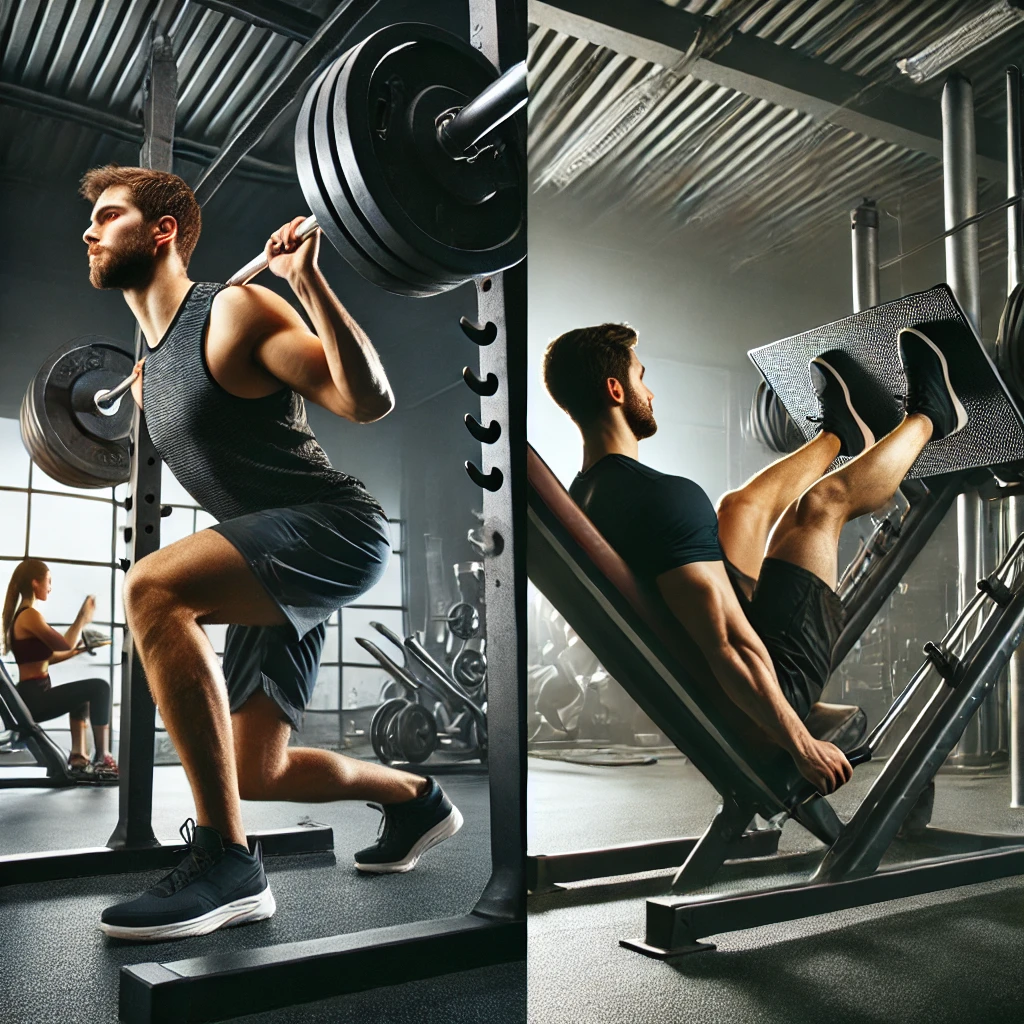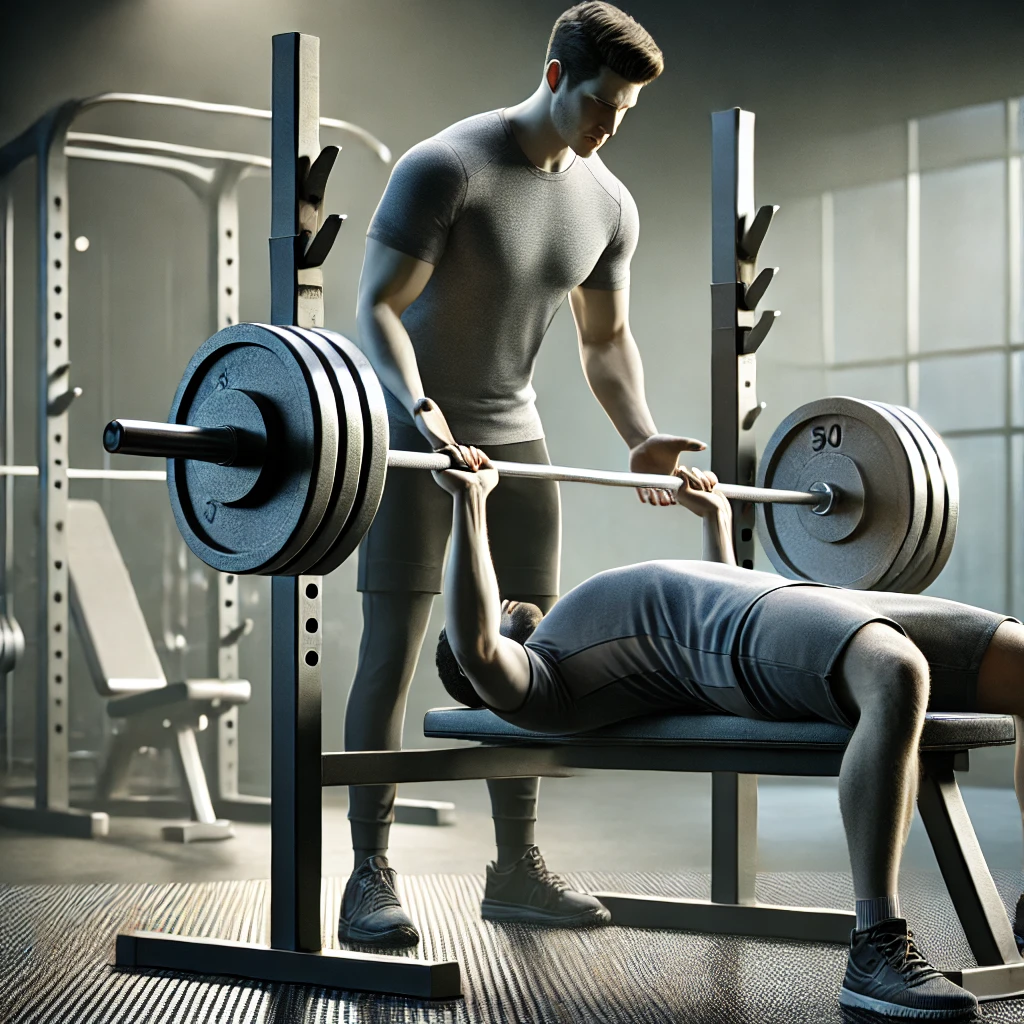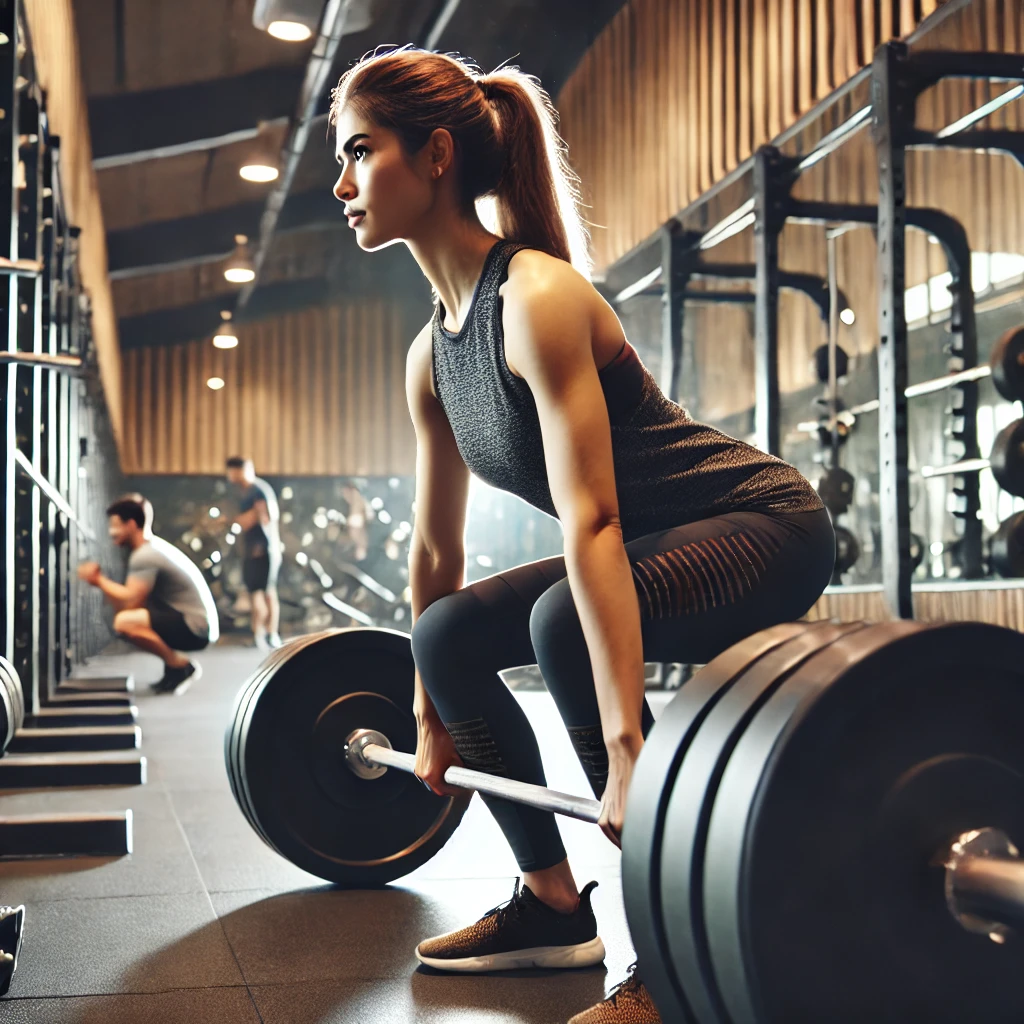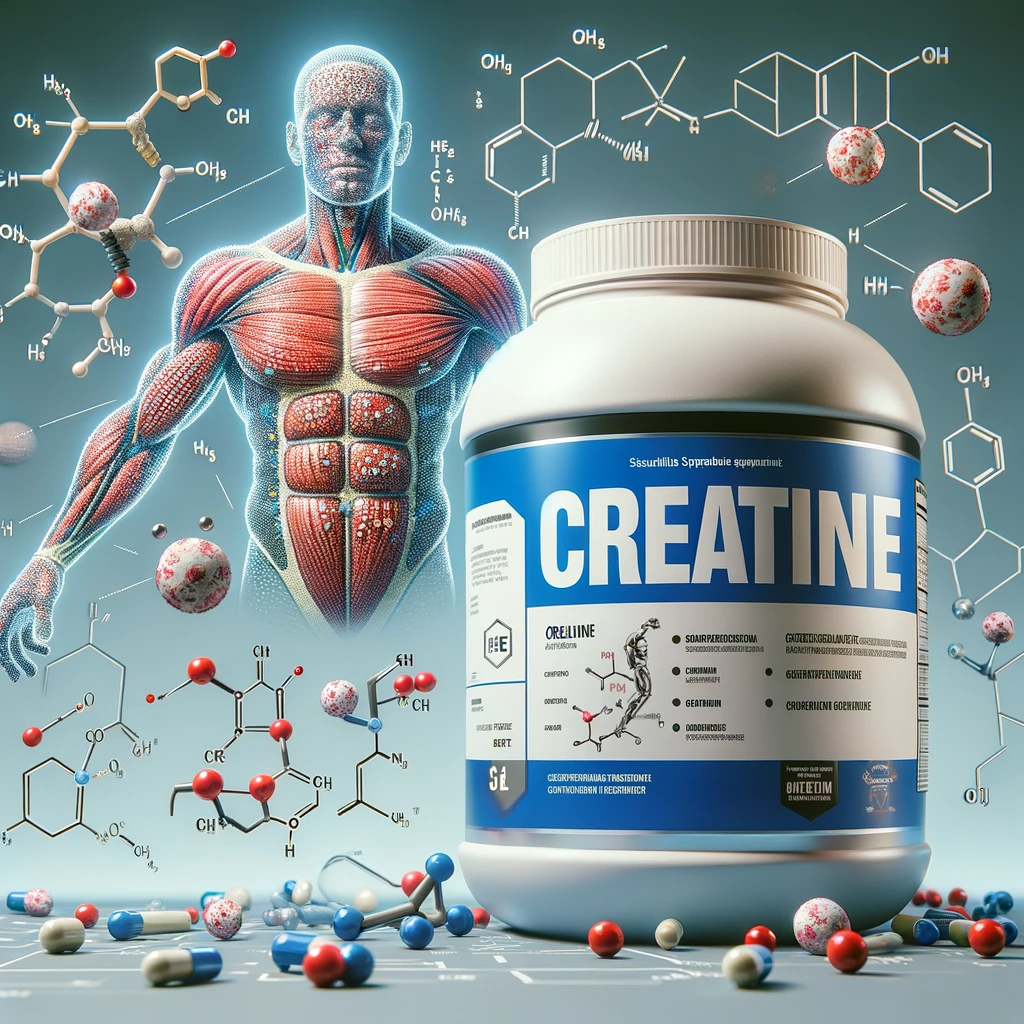Free Weights vs. Machines: Which is Better for Your Workout?
When stepping into a gym, you’re often faced with the choice of training with free weights or machines. Both offer distinct benefits, and the “better” option depends on your fitness goals, experience, and personal preferences. In this blog, we’ll break down the key differences, advantages, and disadvantages of training with free weights versus machines.
Free Weights: What Are They?
Free weights refer to equipment like dumbbells, barbells, kettlebells, and medicine balls. Unlike machines, they don’t limit your range of motion, meaning you control how the weight moves.
Advantages of Free Weights:
Functional Strength
Free weights mimic real-life movements and engage multiple muscle groups, including stabilizers, to help build practical strength useful for everyday activities like lifting objects or balancing.Full Range of Motion
With free weights, you have a more natural and unrestricted range of motion, which can improve flexibility and joint health over time.Better Muscle Activation
Research shows that free weights often lead to greater muscle activation compared to machines. For example, during a barbell squat, your core and smaller stabilizer muscles work hard to keep you balanced, providing a more comprehensive workout.Versatility
You can perform an endless variety of exercises with free weights, making them highly adaptable to different workout goals (strength, hypertrophy, endurance).
Disadvantages of Free Weights:
Higher Risk of Injury
Without proper form, free weights can lead to injury. They require a solid understanding of technique, especially with heavier lifts like deadlifts or squats.Steeper Learning Curve
Beginners may find it harder to get started with free weights since they need to learn the right movements and balance techniques.Spotter Needed
For certain heavy lifts (e.g., bench presses or squats), it’s safer to have a spotter, which isn’t always available when you’re training solo.
Machines: What Are They?
Machines are often designed to target specific muscles using a fixed movement path. Examples include the leg press, chest press, and lat pulldown machines.
Advantages of Machines:
Easier for Beginners
Machines are great for beginners because they guide the movement, making it harder to perform exercises incorrectly. This reduces the risk of injury and helps build confidence when starting out.Targeted Muscle Training
Machines isolate specific muscles, which is ideal for bodybuilders or those looking to focus on particular areas. For instance, the leg curl machine strictly targets the hamstrings, without relying on stabilizer muscles.Lower Risk of Injury
Because machines control the movement, the risk of injury is reduced, especially if you’re working with heavier weights.No Spotter Required
Machines offer safety features like adjustable weight stacks and predefined motion paths, meaning you can train safely without needing a spotter for support.
Disadvantages of Machines:
Limited Range of Motion
The fixed path of machines can limit your range of motion, which may reduce the effectiveness of some exercises or lead to muscle imbalances over time.Less Functional Training
Since machines don’t engage stabilizer muscles as much as free weights, they may not translate as well to real-world movements or functional strength.Not as Versatile
Machines are designed for specific movements, limiting their versatility compared to free weights. You’re often confined to performing one or two exercises per machine, whereas free weights allow for dozens of variations.
Which is Better?
Ultimately, the choice between free weights and machines depends on your goals:
- For Functional Strength and Flexibility: Free weights reign supreme. They engage more muscles, improve coordination, and translate better to real-life strength.
- For Muscle Isolation and Safety: Machines are ideal. They reduce the risk of injury, especially for beginners or those focusing on muscle hypertrophy.
- For Versatility and Progression: Free weights offer more variety and challenge as you progress, while machines are great for introducing beginners to resistance training.
Combining Free Weights and Machines
For most people, a hybrid approach that incorporates both free weights and machines is the most effective. You can use free weights for compound, multi-joint movements (like squats and deadlifts) and machines to isolate specific muscles for more focused work (like leg curls or chest presses).
Conclusion
Both free weights and machines have their place in a well-rounded workout routine. If you’re a beginner or recovering from an injury, machines offer a safer introduction to resistance training. As you become more experienced and seek more dynamic strength, free weights can provide greater overall development. Ultimately, the best approach is the one that aligns with your fitness goals, experience level, and personal preferences.







